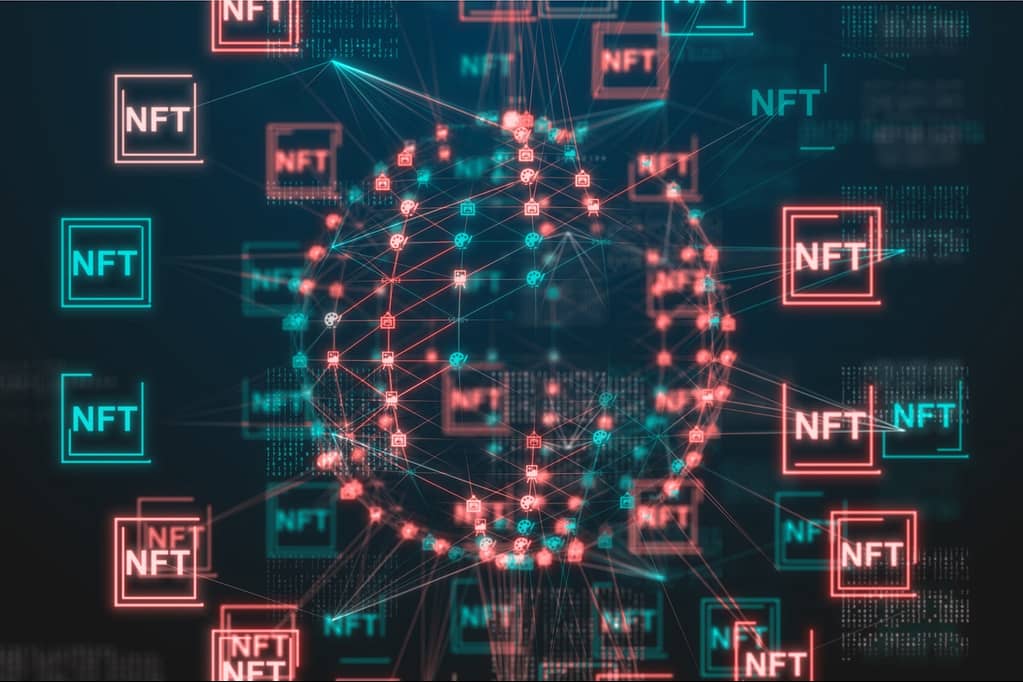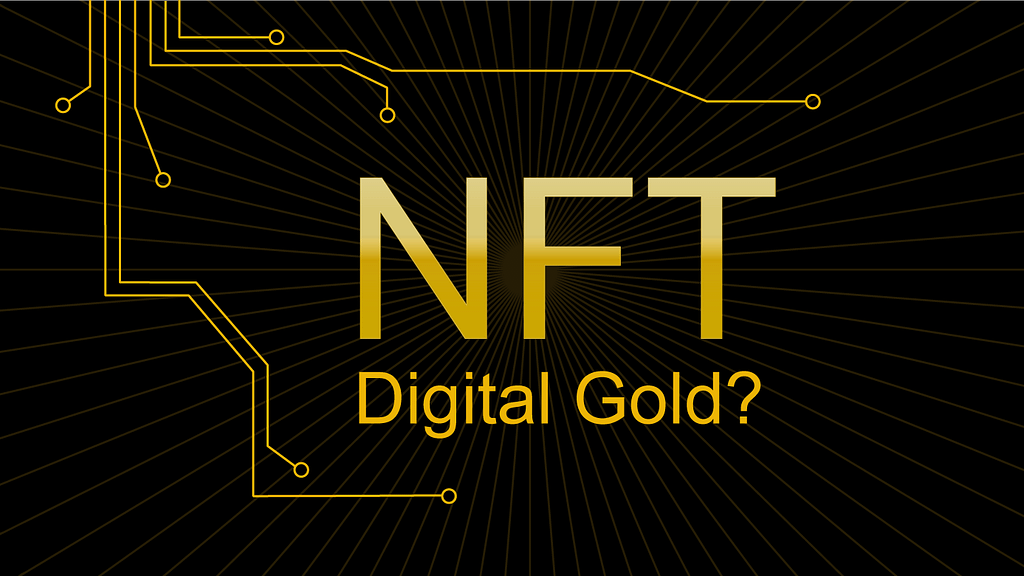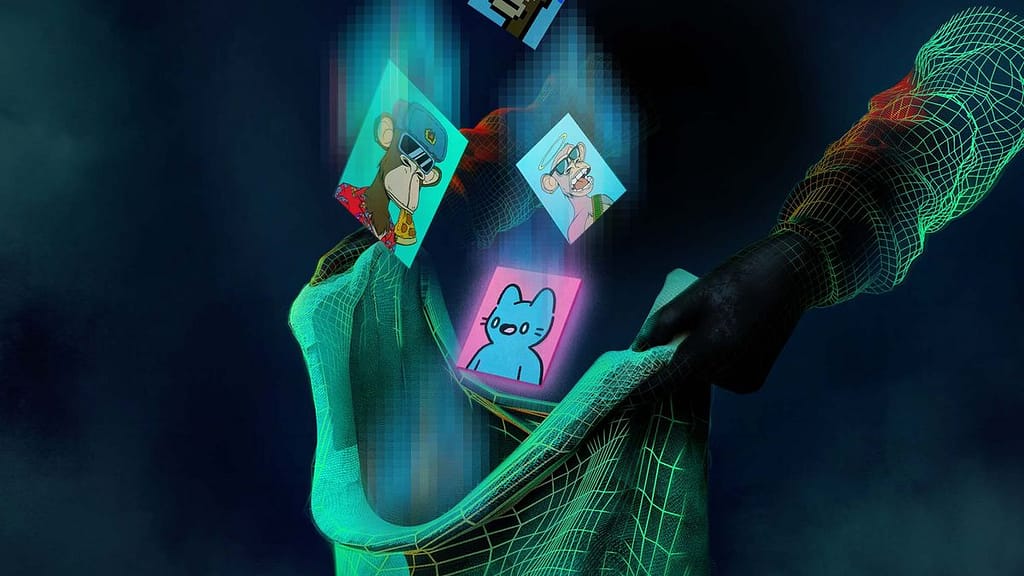
Posted March 06, 2022
Top 5 Misconceptions About NFTs You Should Know
THE FIVE BIGGEST MISCONCEPTIONS ABOUT NFT
Not only did the Collins Dictionary choose NFT, the acronym for non-fungible token, as the word of the year, but NFT was one of the most searched words in 2021.
However, being one of the most popular words in the mainstream media comes with its consequences, more precisely, an increase in misconceptions.
In this text, we will uncover five common misconceptions about NFTs and clarify truths to better understand the potential value and usefulness of NFTs.
NFT IS A BLOCKCHAIN OR TYPE OF CRYPTOCURRENCY
Truth: NFTs are neither blockchain nor cryptocurrencies.
People often think this because conversations about blockchain or cryptocurrencies like bitcoin usually include the term ‘NFT’.
Although NFTs are fundamentally different from blockchains or cryptocurrencies, NFTs are closely related to both concepts.
NFTs use blockchain technology to produce immutable proof of ownership.
Blockchain is a disruptive technology for storing, processing and transmitting immutable information online.
Think of blockchain as any other technology used to store, process, and transmit information, such as the Internet or email.
NFTs and cryptocurrencies are fundamentally different assets.
Although both use blockchain technology, there is a fundamental difference between this the two elements, and that is interchangeability.
Irreplaceability means that something is indivisible and has a unique value.
The Mona Lisa painting is one example of an irreplaceable asset because there cannot be another identical painting with the same qualities.
Similarly, non-fungible tokens may also represent unique physical or digital assets, such as digital works of art or intellectual property.
On the other hand, cryptocurrencies are interchangeable in nature, meaning they are divisible and non-unique.
For example, no matter when and where it was created, one bitcoin is always worth one bitcoin.
Another example of convertible assets is fiat currency (cash).
One hundred dollars banknote in New York is worth the same as one hundred dollars banknote in Los Angelles.

NFTs HAVE NO UTILITY AND ARE WORTHLESS
Truth: The real use cases of NFTs come from the underlying blockchain technology that enables the ownership, transparency and security of digital assets.
Furthermore, the true value of NFT lies in its origin.
Current cases of the use of NFTs have sparked debates about the usefulness and value of NFTs, more specifically in terms of digital works of art, avatars and collectibles.
When most people think of NFTs, they think of aesthetically weird digital avatars that are used as profile photos on social media profiles or memes of works of art that are sell for millions of dollars.
However, even NFT art and avatars show the potential usefulness and value of NFTs.
NFTs allow artists to easily monetize their work without intermediaries.
They can do this by creating (minting) their artwork as NFT for sale directly in NFT markets such as OpenSea.
This provides artists with new sources of income from the untapped market.
In addition, traditional artists can now explore new digital media to express their artistic vision.
You might think: NFTs are just digital image files (JPEGs).
What prevents people from copying an image from the internet and selling it as their own?
Doesn’t the original NFT work of art become worthless?
Here blockchain technology can help.
Each NFT has its origins through its own record of blockchain ownership and transactions, making works of art unique and valuable.
Digital avatars on social media profiles, such as the Bored Ape Yacht Club, are another popular app for NFTs.
Celebrities, entertainers and cryptocurrency lovers buy these trendy NFT avatars and use them as profile photos on social media.
From an outsider’s perspective, all of this may seem a bit silly.
However, from a ownership perspective, avatars are access keys to exclusive events, offers and promotions, which ultimately provides more value than their aesthetics alone.
In essence, whoever owns these NFTs is a members of an exclusive community.
In addition to works of art and digital avatars, NFTs have a variety of other uses, including, but not limited to, collectibles, online tickets, and document verification.

NFTs ARE A SCAM / GET-RICH-QUICK-SCHEME
Truth: NFTs themselves are not scams or get-rich-quick schemes, however, there are many cybercriminals who lure and deceive people in hopes of using NFTs to get rich.
NFTs, along with other crypto assets, are unfortunately associated with scams such as phishing and ponzi schemes.
These scams have unfairly given NFTs a bad reputation in the mainstream media, despite the existence of positive use cases for NFTs.
It is true that NFTs can be used to deceive individuals, but the same can be said for any previous technology.
Fraudsters created scams for phones, emails and the internet even before blockchains and NFTs.
NFTs are also largely associated with digital art and other digital media (tweets, meme gifs).
Some of these NFTs have been sold for hundreds of thousands to millions of dollars.
It gives the impression that anyone can create a piece of digital art and sell it quickly even for large sums of money.
However, this is not the case.
Almost anyone finds it significantly difficult to create a work of art, mint it like NFT, give it a high price, and sell it for thousands of dollars.
Creating NFT doesn’t automatically make something valuable.
The value of an artwork will not increase if it was not valuable before it was minted in the NFT.
In most cases, artists who have successfully sold their artwork as NFTs have already established an existing fan base and recognition in the industry.
Their cultural significance is directly related to the value of other digital media, such as tweets and memes.

NFTs ARE HARMFUL TO THE ENVIRONMENT
Truth: Calculating the carbon footprint based on the number of transactions is basically a misunderstanding of how ethereum works.
Any argument for this is based on this erroneous principle.
Blocks in the blockchain will continue to happen regardless of the number of transactions.
Most NFTs ‘live’ on the ethereum blockchain, whose global computer network operates on a proof-of-work basis.
But that network of computers will consume so much power no matter how much NFT is minted and how many transactions happen.
However, a problem highlighted by a growing number of politicians and regulators is precisely the proof-of-work mining system, which requires certain energy consumption.
However, the ethereum community has a solution for this and is actively working to change the mining approach to a much more energy-efficient proof-of-stake system, already this year.

NFTs ARE DIFFICULT TO UNDERSTAND
Truth: At first, the notion of NFTs may seem complicated and intimidating.
But once when we look at current trends and basic cases of NFT use and when we look at it from a broader perspective, we can come to the right conclusion about how transformative this technology can be.
Think of NFTs as a way of proving official ownership of digital property, much like a title deed allows ownership of a house or copyright allows ownership of a work of art.
As mentioned earlier, blockchain technology is the driving force behind true use cases and the value of NFTs to enable security, transparency, certified ownership and origin.
Prior to NFTs, it was difficult to own digital property rights due to a lack of security, transparency, authenticity of ownership and origin.
Using NFTs:
– The immutability of transaction records or ownership of assets addresses the lack of securities
– Visible transactions with a unique token serial identification number address the lack of transparency
– Confirmation of transactions and ownership on the blockchain refers to a lack of authenticity and origin

CONCLUSION
After all, NFTs are here to stay.
From the arts and media, education to ticketing, various industries are already seeing potential applications and implementing NFTs to create more opportunities.
It was fascinating to witness in just a few months how much NFTs have gained media attention.
Also fascinating is the fact when you look at the total market capitalization of NFTs.
According to NFTGo, the total value of NFTs, calculated by summing the latest sales prices of each NFT from all collections at the time of writing, is $ 16.72 billion, which is less than one percent of the total market capitalization of all cryptocurrency.


Understanding the Fear and Greed Index in Crypto-The Most Important Ones







